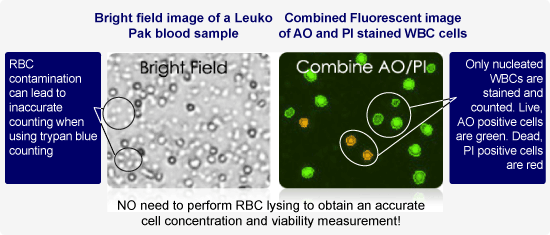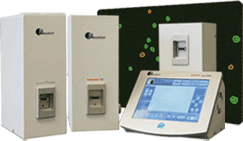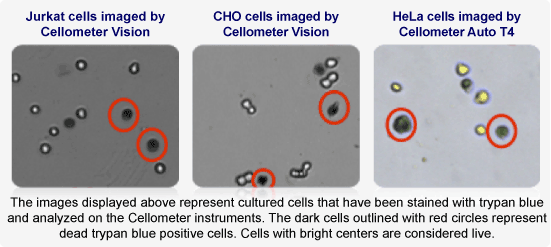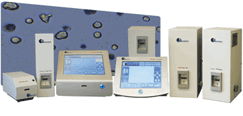Cell culture hints and tips, new tools and techniques, and advances in alternatives to animal testing.
Friday 29 November 2013
Happy Thanksgiving to all our American friends!
Hi all!
Just a special note to wish all of our American friends a very Happy Thanksgiving holiday weekend! Quite a few of our blog followers are based in the US, so we'd like to say a big thank you for your support! It's business as usual here in the UK, but we always have a little time out for a break and here I am catching up with Dr Carol Barker-Treasure, XCellR8's founder and a good friend of mine! Have fun :)
Cellwyn and all at XCellR8
PS We are hoping to bring some of our cell culture training events to the US in the near future. If you think you or your colleagues may be interested, drop us a line at info@x-cellr8.com. Check out our training events at http://www.x-cellr8.com/training.aspx
How often should you re-feed your cells?
Hi everyone!
Do you have plans for the weekend, and are wishing that you didn't have to go to the lab to re-feed your cells?
Here's a general rule that can be applied for many adherent cultures:
If your cells are less than 50% confluent (covering less than 50% of the culture surface area), they will usually be happy with a re-feed every 72 hours (that means they'll last from Friday to Monday - woohoo!) However, if they are more than 50% confluent, they will usually require a re-feed every 48 hours to keep them in optimal health. As there are more cells present, they are collectively using up more nutrients. (That means you should pop in over the weekend to do a re-feed).
Consider sub-culturing your cell lines on a Friday so that they are at low confluency over the weekends and therefore won't require re-feeding until Monday.
We know you all love your cells, and giving them all the TLC they need is essential, but it's important to have your time off too! So it's worth being smart about your sub-culturing schedule!
Please do keep in mind that every cell type is different, and if you work to a quality compliance system such as GLP or ISO in your lab, don't forget to stick to your SOPs or ask your manager if you'd like to suggest a change!
Do you have a question about this post or about Good Cell Culture Practice in general? Email us at info@x-cellr8.com or visit our website to find out about our upcoming training courses:
http://www.x-cellr8.com/training.aspx
Have a fantastic weekend - whether you are re-feeding your cells or not!
Cellwyn
Wednesday 20 November 2013
Cell Counting - some useful information
Hi all,
Here's some really useful information that we received today about cell counting, that could make life easier if you are working with samples containing debris.
We're interested in your feedback and experiences! Leave your comments here or on our Facebook page: https://www.facebook.com/XCellR8
Have a great day :)
Cellwyn
Here's some really useful information that we received today about cell counting, that could make life easier if you are working with samples containing debris.
We're interested in your feedback and experiences! Leave your comments here or on our Facebook page: https://www.facebook.com/XCellR8
Have a great day :)
Cellwyn
|
Subscribe to:
Posts (Atom)







